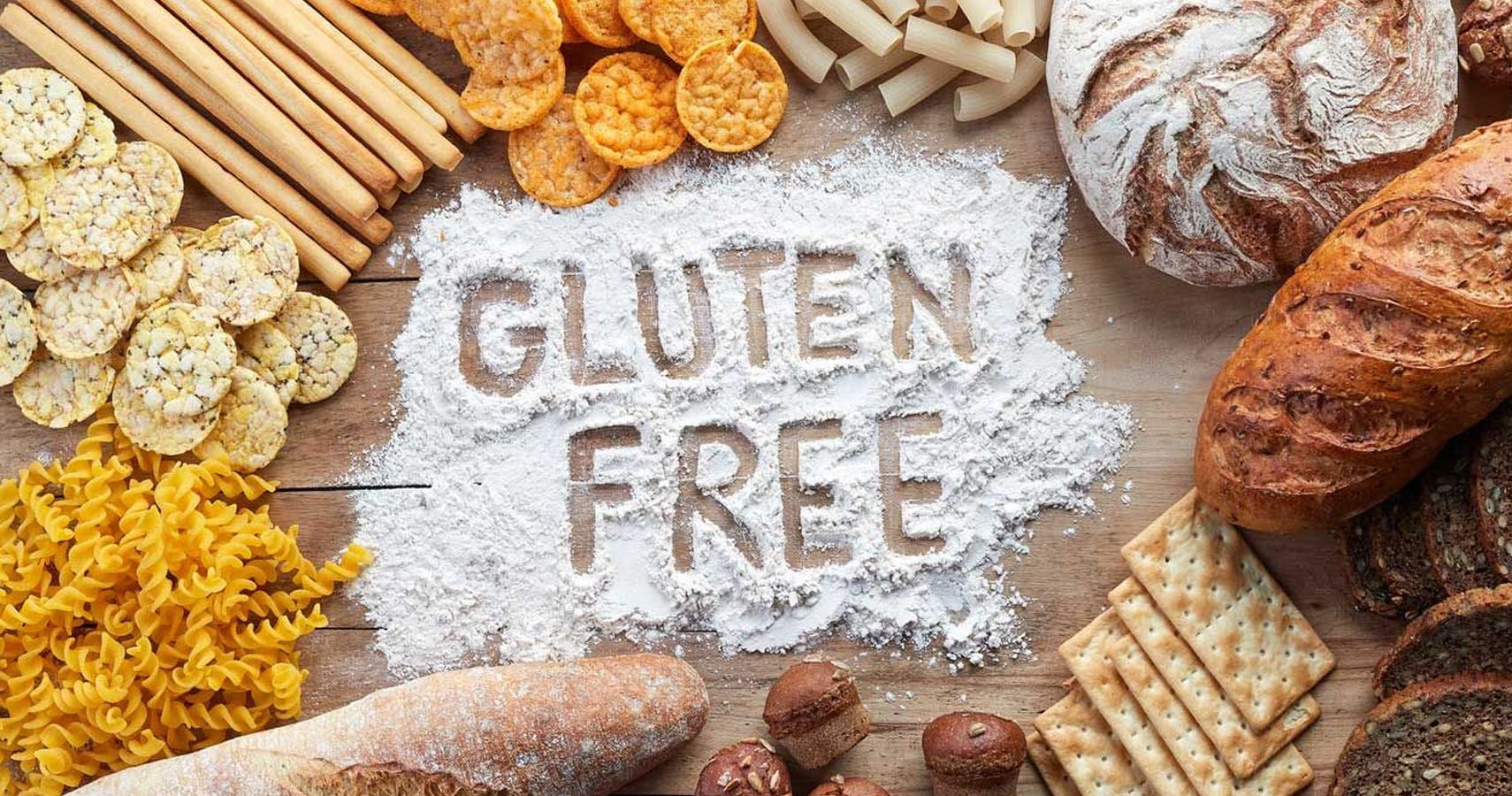With all of the hype around the gluten-free "fad" diet, a lot of people are trying it out. There are people on the diet who are trying to lose weight or feel better, some who are scared of the buzzword but don't even understand what gluten is, but many are on the diet out of necessity. They may be either Celiac, have some other autoimmune disorders, an intolerance or an allergy.
If you're strictly gluten free and find out you're pregnant, how do you know you're getting everything you need? Are you sure you're eating what you need to ensure your baby grows how they are supposed to grow? There are dangers to eliminating full food groups on a whim but the risks are worse when you're eating for two. Taking anything out of your diet is risky, but if you're well studied, it makes the risk less and over time you will find the subs you like and it will become second nature to you as well.
If you go on the gluten-free diet, you are eliminating gluten. Gluten is a protein found in barley, rye, and wheat. Therefore, you cannot eat anything with any of those ingredients. Wheat is found in whole grains, which are considered the safest and healthiest of the grains. You can also not eat any type of "malt" foods since malt is barley. Some of the important nutrients you will miss are folic acid, B12, and iron. These are all very important for a healthy pregnancy but gluten-free foods are not necessarily fortified like their whole wheat/gluten counterparts.
Even while gluten-free, however, there are some safe grains to eat while pregnant. These include amaranth, rice (any variety), millet, quinoa, buckwheat, teff, sorghum, steel cut (specify gluten-free) oats, and maize (corn).
You can also eat any fruits, vegetables, meats, and milk products. Anythihomemadeade can easily be substituted. For example, gluten-free alternatives to wheat can be found and used in baked goods and other cooking ventures. There are now tons of flours made with nonwheat flour as well as a lot of cookbooks, blogs, and magazines that provide plenty of healthy, gluten-free recipes for the home chef.
Those looking to eat gluten-free, however, should be aware that there are plenty of types of "hidden gluten" that may not stand out right away. These ingredients can trigger allergies and create problems for both mom and baby. They include wheat, barley (flakes, flour, pearl), breading, bread stuffing, brewer's yeast, bulgur, durum, farrow, Graham, hydrolyzed wheat protein, Kamut, malt, malt extract, malt syrup, malt flavoring, malt vinegar, malted milk, matzo, matzo meal, modified wheat starch, oatmeal, oat bran, oat flour, whole oats, rye bread and flour, seitan, semolina, spelt, triticale, wheat bran, wheat flour, wheat germ, and wheat starch.
There are other words to look for but the best bet is to eat as much food that is specifically labeled "gluten-free" as you're able to find. Most gluten free foods are not yet fortified with folic acid or iron so it is best to talk to your doctor to determine the best plan for you and your baby and take a vitamin (or multiple supplements) to replace the three vitamins you'll be missing.
There should not be any dangers to a developing baby if you know how to eat, what to cook and what to properly add or avoid. That will come in time as you get used to the diet. Until you are used to what you need to eat to maintain a healthy, wheatless diet, it's best to talk to your doctor and make sure your levels are tested regularly. Remember, you need at least 600mgs of folic acid through the first trimester and more as your pregnancy progresses.

